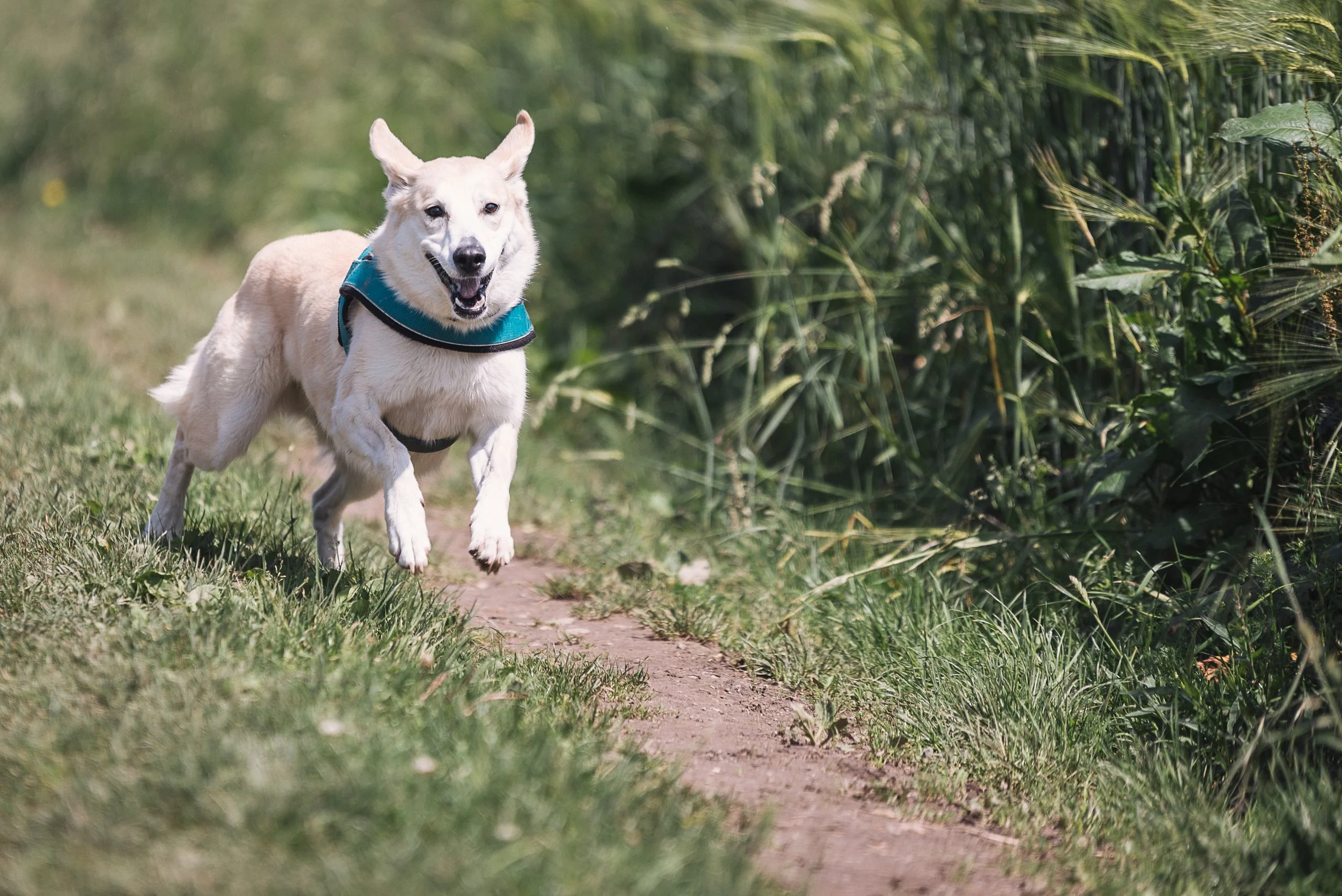Tips for Better Walks on Leash
/This week I'll go over some of the basics of polite leash walking. Before I get started on how to get your dog to walk politely on leash, I'll go ahead and define what I mean by polite leash walking.
I only set two conditions as necessary to call leash-walking "polite."
- The leash is slack, not tight.
- The dog does not wrap their human up in the leash.
That's it. You'll see other rules out there about how the dog should never be ahead of you, or that they need to maintain a perfect heel the entire time you're on a stroll. Feel free to ignore that advice. It's based on some bad assumptions that I may get into in a different blog.
The reason a dog pulls on their leash is usually that they want to walk at a different pace from their human (usually faster), or there is something they want to get to. Either way, the techniques I'll describe below will be helpful.
There are two aspects to consider when working with polite leash walking. First, the dog gets good things when the walk is polite. Second, the dog doesn't get anything good for pulling. The first is much more important - positive communication is always more effective. Soon the dog will figure out what works and what doesn't and the leash will remain pretty slack.
Carry treats. They don't have to be the absolute best stuff in the world. Be willing to treat often, especially at first. Every couple of steps that your dog is still near enough that the leash is loose? Treat.
Where you treat matters. I always recommend treating in the heel position. This means the treats are delivered right to your side (left is traditional, either is fine). This will likely result in the dog maintaining a heel position more often, but that's fine.
Watch your dog. If they're showing an interest in something, make a decision. Are they allowed to have it? If not, you'll have to treat more frequently because now they're doing a good job ignoring something they want (you may need those high-value treats if they really want something they can't have). If they are, you can use the thing they want as the reward. Say they are super interested in a fire hydrant (because they're a walking cliché) coming up on the walk. You can use access to that hydrant as a reward for approaching it politely. And if they pull?
When your dog pulls, stop. Don't yank on the leash, don't yell at the dog, just come to a stop. If you're doing this a lot, you should probably spend some time practicing in a lower distraction area and treat more often. When the leash is slack, you can resume walking. Remember to treat if they keep that slack while walking. That treat could be what you're carrying with you or getting closer to the thing they want (remember that fire hydrant from the last paragraph?).
As with all dog training, these concepts are simple, but not easy. To see the best results, you'll need to practice your timing, placement, and ability to set reasonable criteria for difficulty. A professional skilled in teaching these techniques is a great asset.
Benjamin is the owner of Good Doggy Saratoga. You can follow him on Facebook.
If you liked this article, please like and share below. You can also subscribe to receive blog updates in your email.






